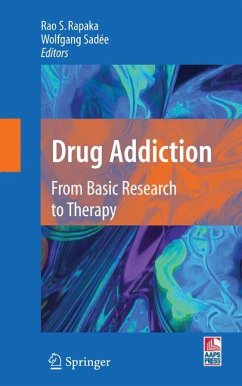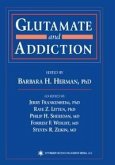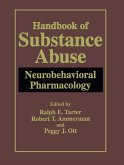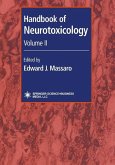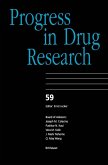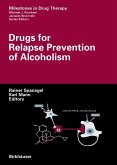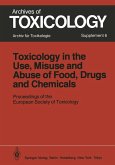Drug Addiction: From Basic Research to Therapy provides a comprehensive overview of physiological, biochemical, genetic and behavioral pathways underlying drug addiction. Focusing on fundamental neurophysiological processes that overlap between drug addiction and other CNS disorders, this volume covers the translation of basic research into novel therapies, not only of drug addiction but a spectrum of related CNS disorders, including pain. Chapters are written by leading scientists with widely ranging expertise in synthetic and computational chemistry, molecular biology, genetics, neurosciences, drug discovery and development, drug targeting, and quantitative therapeutics, providing an unprecedented overview of a complex field of high societal signficance.
Dieser Download kann aus rechtlichen Gründen nur mit Rechnungsadresse in A, B, BG, CY, CZ, D, DK, EW, E, FIN, F, GR, HR, H, IRL, I, LT, L, LR, M, NL, PL, P, R, S, SLO, SK ausgeliefert werden.

